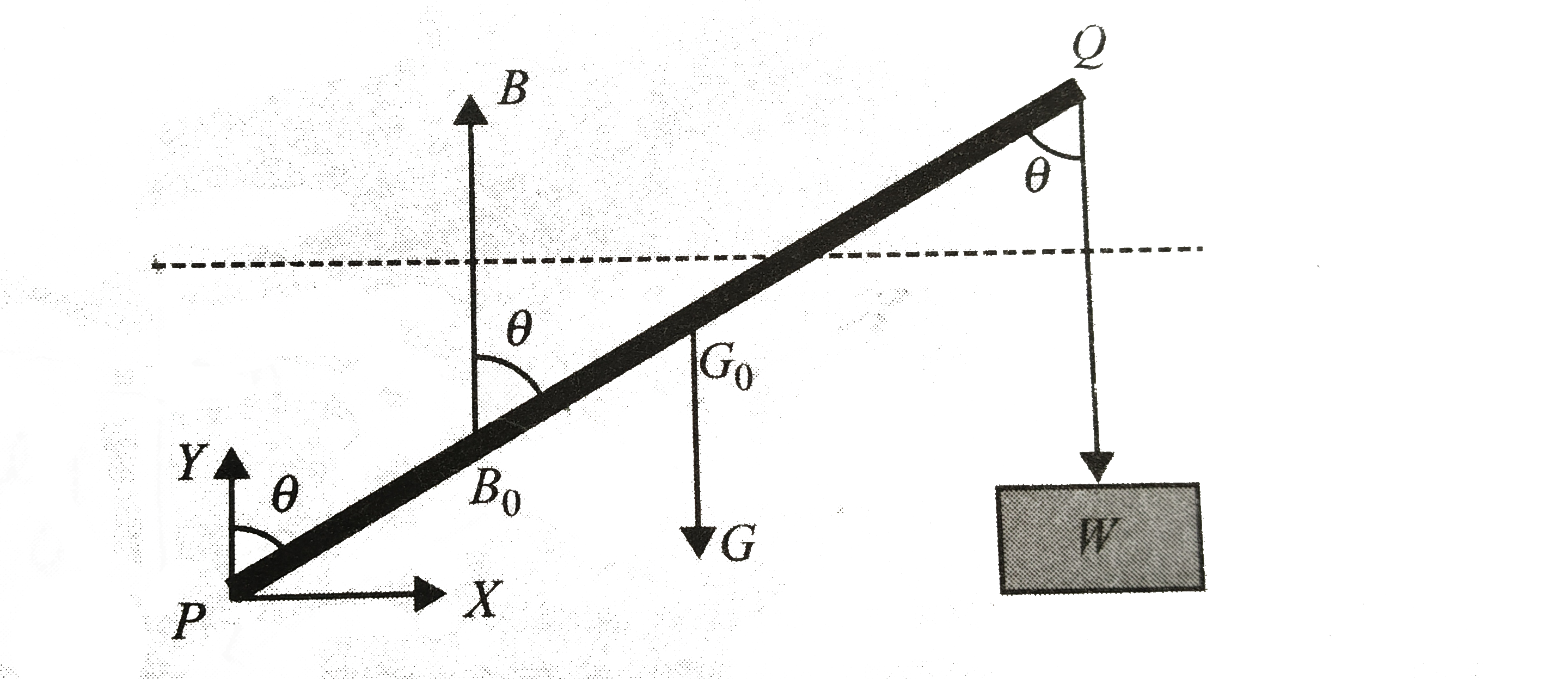Primers used in PCR must be:
(a) 3'-end specific
(b) 5'-end specific
(c) It can be 3'-end specific or 5'-end specific.
(d) Primers are not needed in PCR.
3'-end specific
5'-end specific
It can be 3'-end specific or 5'-end specific.
Primers are not needed in PCR.
The correct Answer is:A
To solve the question regarding the specificity of primers used in PCR (Polymerase Chain Reaction), we can follow these steps:
1. Understanding the Role of Primers in PCR:
- Primers are short sequences of nucleotides that provide a starting point for DNA synthesis during PCR. They are essential for the amplification of a specific DNA segment.
2. Types of Primers:
- In PCR, two types of primers are typically used:
- Forward Primer: Binds to the start of the target DNA sequence.
- Reverse Primer: Binds to the complementary strand of the target DNA.
3. Specificity of Primers:
- Primers can be designed to be specific to either the 3'-end or the 5'-end of the target DNA sequence.
- The 3'-end specificity is crucial because DNA polymerase extends the primer from its 3' end, synthesizing new DNA in the 5' to 3' direction.
4. Evaluating the Options:
- (a) 3'-end specific: This is partially correct, as primers do need to be specific to the 3' end to allow for DNA synthesis.
- (b) 5'-end specific: This is incorrect, as the primer must bind to the 3' end for synthesis.
- (c) It can be 3'-end specific or 5'-end specific: This is correct, as primers can be designed based on the specific needs of the PCR process.
- (d) Primers are not needed in PCR: This is incorrect, as primers are essential for the PCR process.
5. Conclusion:
- The correct answer is (c) It can be 3'-end specific or 5'-end specific.
Final Answer:
(c) It can be 3'-end specific or 5'-end specific.
---
- Primers are short sequences of nucleotides that provide a starting point for DNA synthesis during PCR. They are essential for the amplification of a specific DNA segment.
- In PCR, two types of primers are typically used:
- Forward Primer: Binds to the start of the target DNA sequence.
- Reverse Primer: Binds to the complementary strand of the target DNA.
- Primers can be designed to be specific to either the 3'-end or the 5'-end of the target DNA sequence.
- The 3'-end specificity is crucial because DNA polymerase extends the primer from its 3' end, synthesizing new DNA in the 5' to 3' direction.
- (a) 3'-end specific: This is partially correct, as primers do need to be specific to the 3' end to allow for DNA synthesis.
- (b) 5'-end specific: This is incorrect, as the primer must bind to the 3' end for synthesis.
- (c) It can be 3'-end specific or 5'-end specific: This is correct, as primers can be designed based on the specific needs of the PCR process.
- (d) Primers are not needed in PCR: This is incorrect, as primers are essential for the PCR process.
- The correct answer is (c) It can be 3'-end specific or 5'-end specific.
(c) It can be 3'-end specific or 5'-end specific.
Similar Questions
Knowledge Check
Water is used as a collent because a) it has lower density b) it has low specific heat. c) it has high specific heat. d) It is early available.
Ait has lower densityBit has low specific heat.Cit has high specific heat.DIt is earily available.An ideal gas having molar specific heat capaicty at constatnt volume is 32R, the molar specific heat capacities at constant pressure is
A12RB52RC72RD92RWhich one of the following is not an attribute of enzymes?
(a) They are specific in nature
(b) They are used in chemical reactions
(c) They are thermolabile in nature
(d) They are proteinaceous in natureAThey are specific in natureBThey are used in chemical reactionsCThey are thermolabile in natureDThey are proteinaceous in nature
Ten litres of a liquid of specific gravity 1.3 is mixed with 6 litres of a liquid of specific gravity 0.8 the specific gravity of mixture is
View SolutionA rod of length 6m has a mass of 12kg. It is hined at one end of the rod at a distance of 3m below the water surface.
a.What must be the weight of a block that is attached to the other end of the rod so that 5m of the rod's length is under water?
b. Find the magnitude and direction of the force exerted by the hinge on the rod. The specific gravity of the material of rod is 0.5.

View SolutionWhich of these statements about Taq polymerase used during PCR is not correct ?
(a) It is used for primer extension to synthesise a new DNA strand
(b) It is a thermostable enzyme and can survive temperatures up to 125 ∘ C
(c) It is obtained from Thermus aquaticus
(d) Its addition eliminated the need to add fresh polymerase in every PCR cycle
View SolutionIn the 5' end of a DNA molecule
View SolutionThree cubes each of side 5cm are joined end to end. Find the surface area of the resulting cuboid.
View Solution
